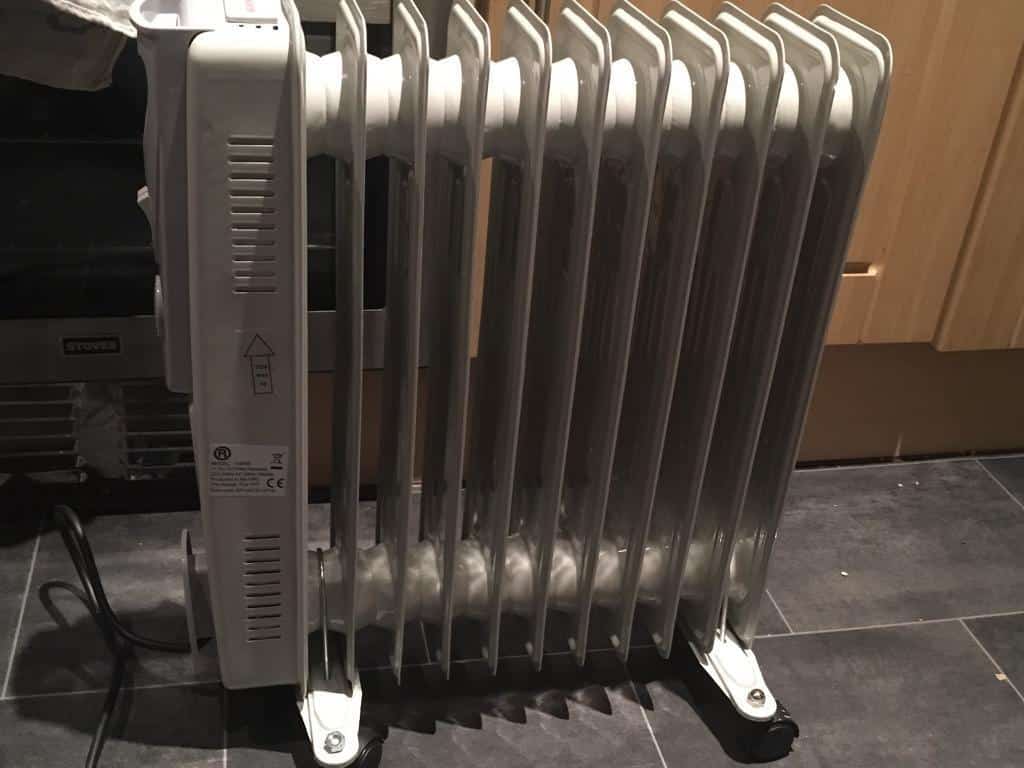1.2K
In times of rising prices for fossil fuels, you may have already had the idea of heating with an oil radiator instead. But in general, this is neither a good ecological nor economical solution. Nevertheless, it can offer advantages.
Heating with an oil radiator: These are the possibilities it can offer
As a general replacement for central heating, electric heaters such as oil radiators or even fan heaters are not a good idea.
- The function is simple. It is a convector filled with an oil that stores heat well. This oil is heated electrically inside the convector by a heating element, which radiates heat into the room.
- Due to the generally high energy requirements of oil radiators, they are not a good substitute for central oil or gas heating. This is because the necessary electricity costs would significantly exceed the cost of oil or gas.
- It does, however, offer the possibility of heating individual rooms that are not connected to a central heating system. In addition, in some countries where it does not get permanently cold even in winter, central heating is sometimes not available. This means that an oil radiator can be used on cold days.
- Depending on the output, these radiators can get quite hot, so care must be taken to avoid direct contact with combustible materials.
- Most oil radiators have a thermostat that can be set to a specific temperature. This automatically turns off the heating inside once the desired temperature is reached.
- While the heating effect of an oil radiator is more sluggish than that of a fan heater, the automatic switch-off and the lingering of the hot oil even when disconnected from the mains means that it consumes less energy and is therefore more suitable for regular and longer stays in rooms without central heating.
Oil radiators: these are the costs you should expect
Using an example, we show you what electricity costs you could face.
- The assumption in this example is an average 8-hour day in a home office in a room that does not have a central heating connection.
- Heating is accordingly provided by an oil radiator with an output of 2,500 watts. This is a commercially available value.
- It is assumed that the radiator runs for about 6 hours at full power of 2.5 kilowatts during the working day. This results in a daily consumption of 15 kilowatt hours (kWh).
- Assuming a current electricity price (as of January 2023) of 41.4 cents / kWh, this results in a cost of 6.21 euros per day.
- Depending on the insulation of the building and the outside temperature, these values may still vary.
